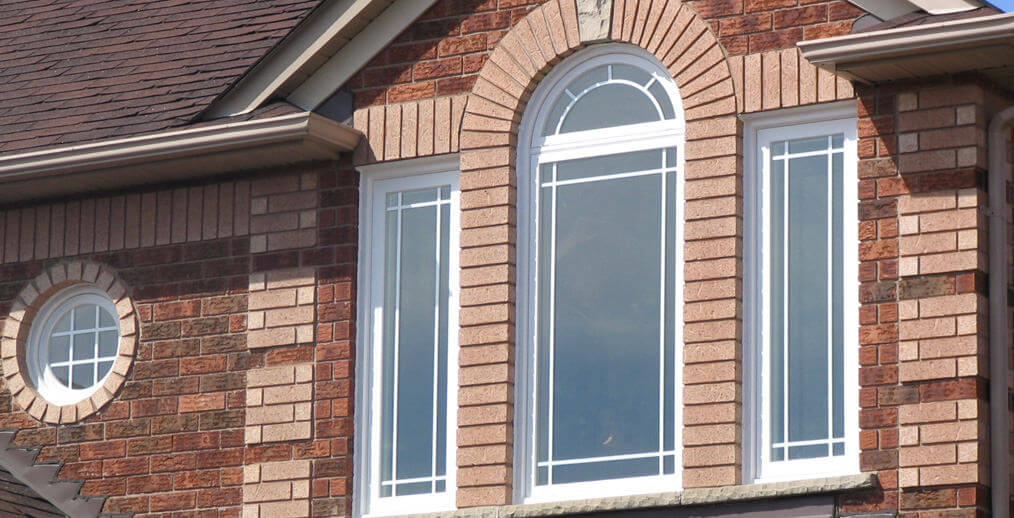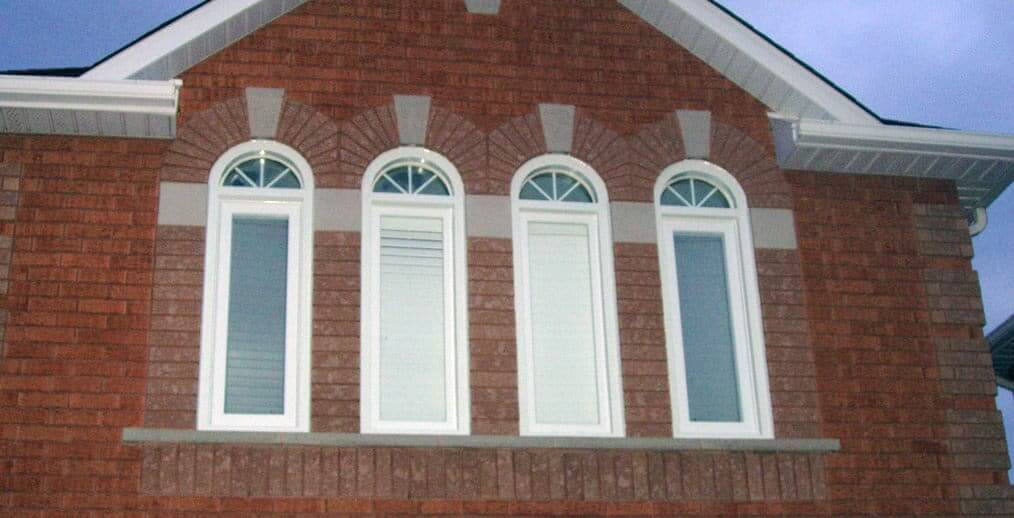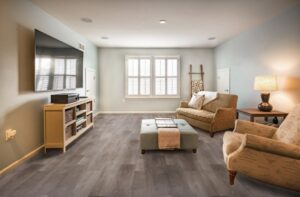In the realm of architecture and interior design, the allure of unique, custom-shaped windows transcends mere functionality, becoming a defining feature that elevates spaces to new dimensions. Custom-shaped windows are not just architectural elements; they are statements of creativity and individuality, breathing life into structures and transforming them into works of art. In this article, we delve into the world of custom-shaped windows, exploring the process of manufacturing custom-shaped windows, design possibilities, and the transformative impact they have on various spaces.

Manufacturing Process:
Crafting custom-shaped windows requires a delicate fusion of artistry and precision engineering. The manufacturing process begins with careful consultation between architects, designers, and manufacturers to conceptualize the desired shapes and functionalities. Advanced computer-aided design (CAD) software plays a pivotal role in this phase, enabling precise visualization and customization.
Once the design is finalized, the manufacturing process commences with the selection of high-quality materials, such as tempered glass or composite materials, ensuring durability and aesthetic appeal. Modern manufacturing facilities employ cutting-edge technologies, including laser cutting and CNC (Computer Numerical Control) machining, to sculpt the materials into the desired shapes with utmost accuracy.
Skilled artisans then meticulously assemble the components, paying close attention to every detail to ensure structural integrity and flawless aesthetics. Quality control measures are rigorously implemented throughout the manufacturing process to guarantee that each custom-shaped window meets the highest standards of craftsmanship.
Design Possibilities:
The versatility of custom-shaped windows knows no bounds, offering architects and designers a vast canvas for creative expression. From geometric marvels to organic forms inspired by nature, the design possibilities are limited only by imagination.
One of the most popular trends in custom-shaped window design is the integration of curves and asymmetrical shapes, which add a dynamic element to architectural compositions. These unconventional shapes infuse spaces with a sense of fluidity and movement, challenging traditional notions of symmetry and balance.
Moreover, custom-shaped windows can be tailored to complement specific architectural styles, whether it be the sleek minimalism of modernist architecture or the intricate ornamentation of classical design. They serve as focal points that draw the eye and evoke emotions, fostering a deeper connection between occupants and their surroundings.
Beyond aesthetics, custom-shaped windows also offer practical benefits, such as enhanced natural lighting, ventilation, and energy efficiency. By strategically positioning and sizing these windows, designers can optimize indoor comfort and reduce reliance on artificial lighting and heating, contributing to sustainable building practices.

Transformative Impact:
Custom-shaped windows have the power to transform ordinary spaces into extraordinary environments, imbuing them with character and personality. Whether in residential homes, commercial establishments, or public institutions, these windows serve as architectural landmarks that leave a lasting impression on occupants and visitors alike.
In residential settings, custom-shaped windows redefine the concept of home, blurring the boundaries between indoors and outdoors. They frame panoramic views of the surrounding landscape, inviting nature to become an integral part of everyday life. Additionally, they create intimate moments of reflection, as shafts of sunlight filter through intricate patterns, casting enchanting shadows across interior spaces.
In commercial spaces, custom-shaped windows become emblematic of brand identity, signaling innovation and creativity to customers and stakeholders. They enhance the overall ambiance of retail stores, restaurants, and offices, fostering a welcoming atmosphere that encourages engagement and interaction. Moreover, they can be strategically integrated into architectural designs to optimize spatial flow and functionality, maximizing the potential of every square foot.
In public institutions, such as museums, galleries, and educational facilities, custom-shaped windows serve as portals to inspiration and enlightenment. They frame exhibits and artworks with unparalleled elegance, creating dynamic interplays of light and shadow that enhance the viewing experience. Furthermore, they promote connectivity with the surrounding community, as passersby are drawn to the visual spectacle within, fostering a sense of civic pride and cultural enrichment.
Conclusion:
Custom-shaped windows represent more than just architectural elements; they are catalysts for creativity, innovation, and human connection. Through meticulous craftsmanship and imaginative design, these windows transcend their utilitarian function, becoming icons of architectural excellence and artistic expression. As we continue to push the boundaries of design possibilities, custom-shaped windows will remain steadfast in their ability to redefine spaces and inspire awe for generations to come.




